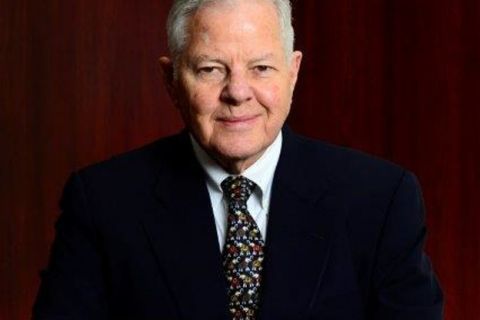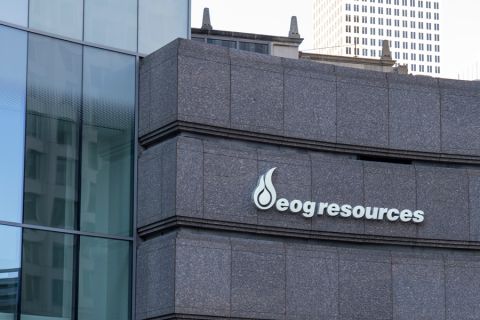While all signs point to the beginning of a global economic recovery, energy executives continue to find ingenious ways to tone down debt and brighten up balance sheets.
Recent transactions illustrate the latest capital-capture trend—monetizing midstream assets by selling all or part of gathering, processing and storage facilities. Earlier this year, the main impetus for midstream sales was simply to raise cash in an environment of expensive equity and debt markets. For E&Ps, midstream assets are considered expense items and do not support credit ratings.
“Since the credit crisis 17 months ago, Moody’s and Standard & Poor’s credit-rating agencies, as well as the lenders themselves, are most comfortable with producing oil and gas reserves. They are giving no real value to infrastructure,” says Robert Lane, senior vice president for Houston-based Madison Williams' (formerly SMH Capital) energy-investment-banking practice, a subsidiary of Sanders Morris Harris Group Inc. “Wall Street tends to give credit only for production, reserves and cash flow.”
Today, even with looser capital markets, producers know that shedding midstream assets is viewed favorably by equity markets and can boost credit ratings and lower the cost of capital.
So why haven’t producers simply dropped down midstream assets into separate master limited partnerships (MLP) and offered the units to retail investors? There are two reasons, says Lane.
First, in an MLP structure, a producer can’t immediately plow money back into drilling. It is required to distribute funds to unitholders. As a result, producers find more value in an outright sale or a private partnership of all or part of the assets.
Second, the universe of MLP valuations, both midstream and upstream, “sort of fell on its face,” due in part to the PIPE (private issuance of public equity) overhang during 2007. “Those who were announcing plans for MLP IPOs in 2007 do not see as broad a universe of buyers today as there were then,” says Lane.
But, as always, there is an exception that proves the rule. “Anadarko Petroleum Corp. has a great model for creating a midstream MLP,” says Lane, referring to Western Gas Partners LP. Formed in 2008, it is the most recent MLP IPO in the U.S.
“Anadarko put substantially all its infrastructure into a separate subsidiary and was able to establish a separate credit profile and lending base outside its E&P business, without sacrificing its existing credit facility.”
Meanwhile, midstream operators obtain value from gathering-system acquisitions by getting cash flow from several regional producers. For them, the midstream assets are income-statement items.
Lane says midstream operators may be able to optimize pipelines and processing assets better than E&Ps due to their ability to add third-party gas commitments, combine one system with another to create economies of scale, and generate fee-based revenue.
“The A&D transactions in which we have been involved have overwhelmingly been with fee-based operators,” says Lane. Fee-based revenues favor pipeline operators with risk reduction and better financing terms.
“In the beginning of 2009, E&Ps were selling off assets by necessity,” says Lane. “Now, the rationale is to find more value from the drillbit than can be found by developing and maintaining infrastructure. Also, price expectations of the buyer and seller have moved closer together.”
Lane expects the trend to continue in 2010. “It is our belief that pursuing well-thought-out midstream-monetization strategies enhances the ability to access the capital markets.”

Recommended Reading
73-year Wildcatter Herbert Hunt, 95, Passes Away
2024-04-12 - Industry leader Herbert Hunt was instrumental in dual-lateral development, opening the North Sea to oil and gas development and discovering Libya’s Sarir Field.
Buffett: ‘No Interest’ in Occidental Takeover, Praises 'Hallelujah!' Shale
2024-02-27 - Berkshire Hathaway’s Warren Buffett added that the U.S. electric power situation is “ominous.”
Sunoco’s $7B Acquisition of NuStar Evades Further FTC Scrutiny
2024-04-09 - The waiting period under the Hart-Scott-Rodino Antitrust Improvements Act for Sunoco’s pending acquisition of NuStar Energy has expired, bringing the deal one step closer to completion.
Supply Disruptions Ahead as Canadian Rail Workers Vote for Strike
2024-05-01 - The union, representing more than 9,000 employees at Canadian National Railway and Canadian Pacific Kansas City, announced that 95% of its members approved of a strike, which could happen as early as May 22.
EOG Resources Wildcatting Veteran Billy Helms to Retire
2024-04-02 - Joining an EOG Resources predecessor in 1981, Helms is among the pre-1986-oil-bust generation who later found success in shale.





